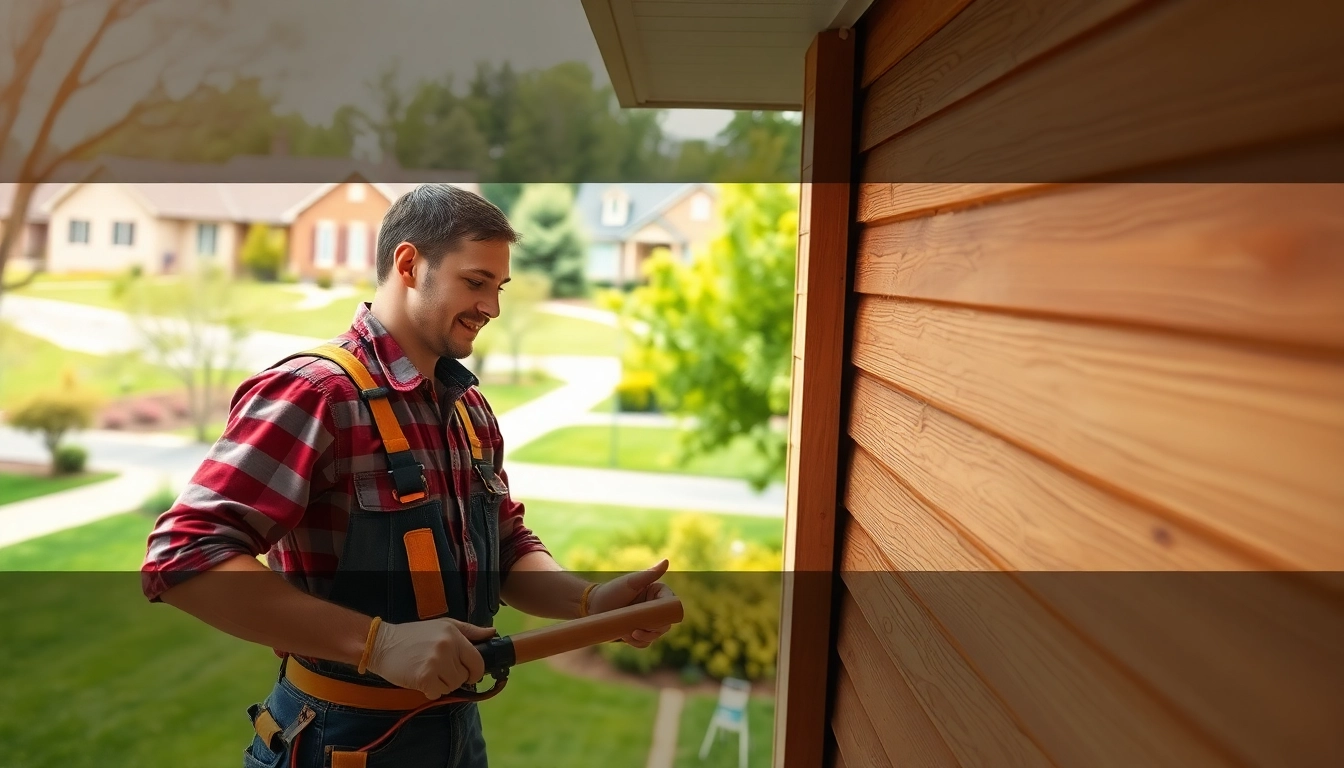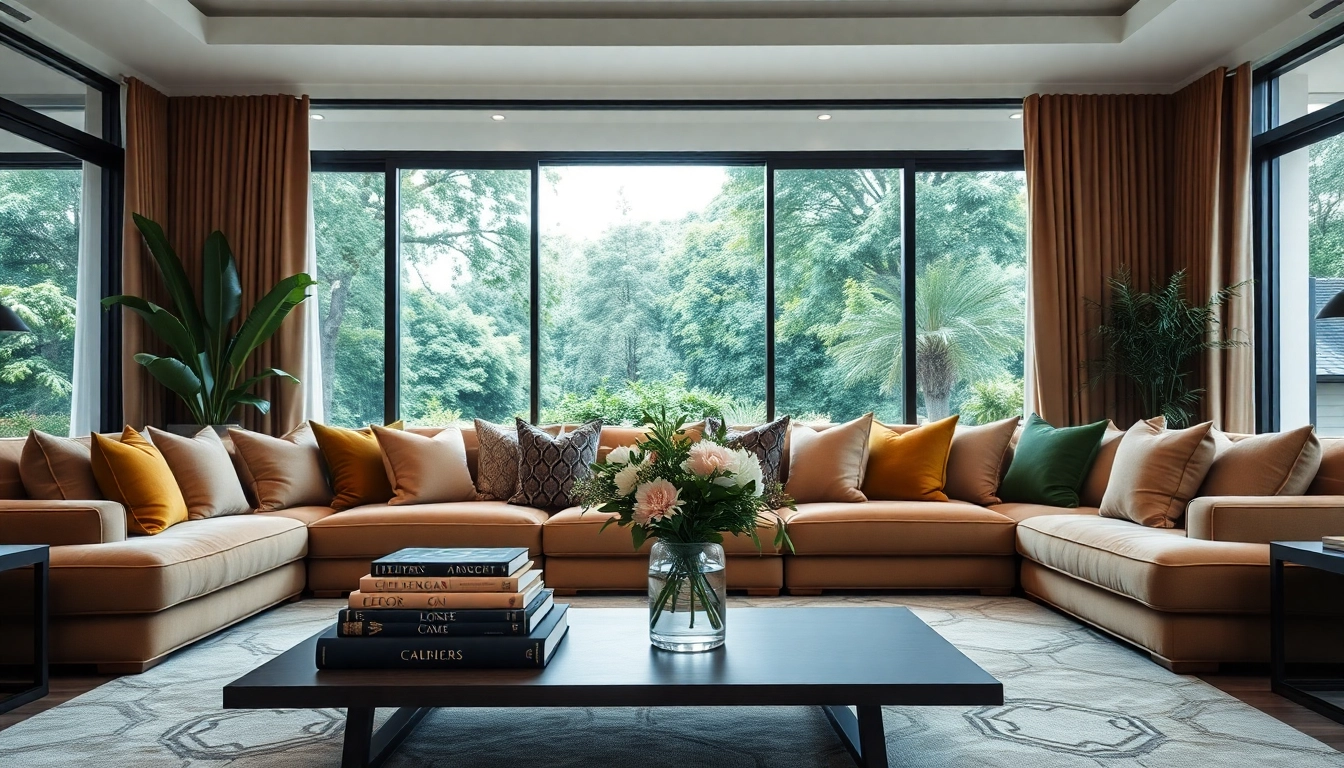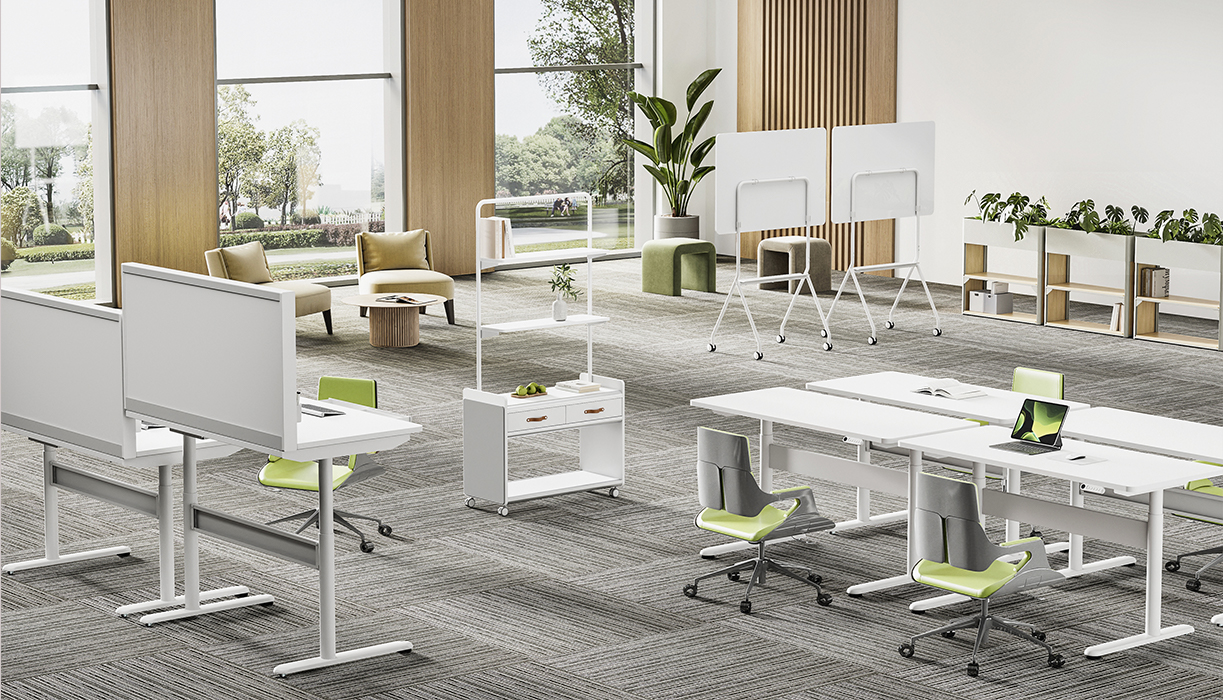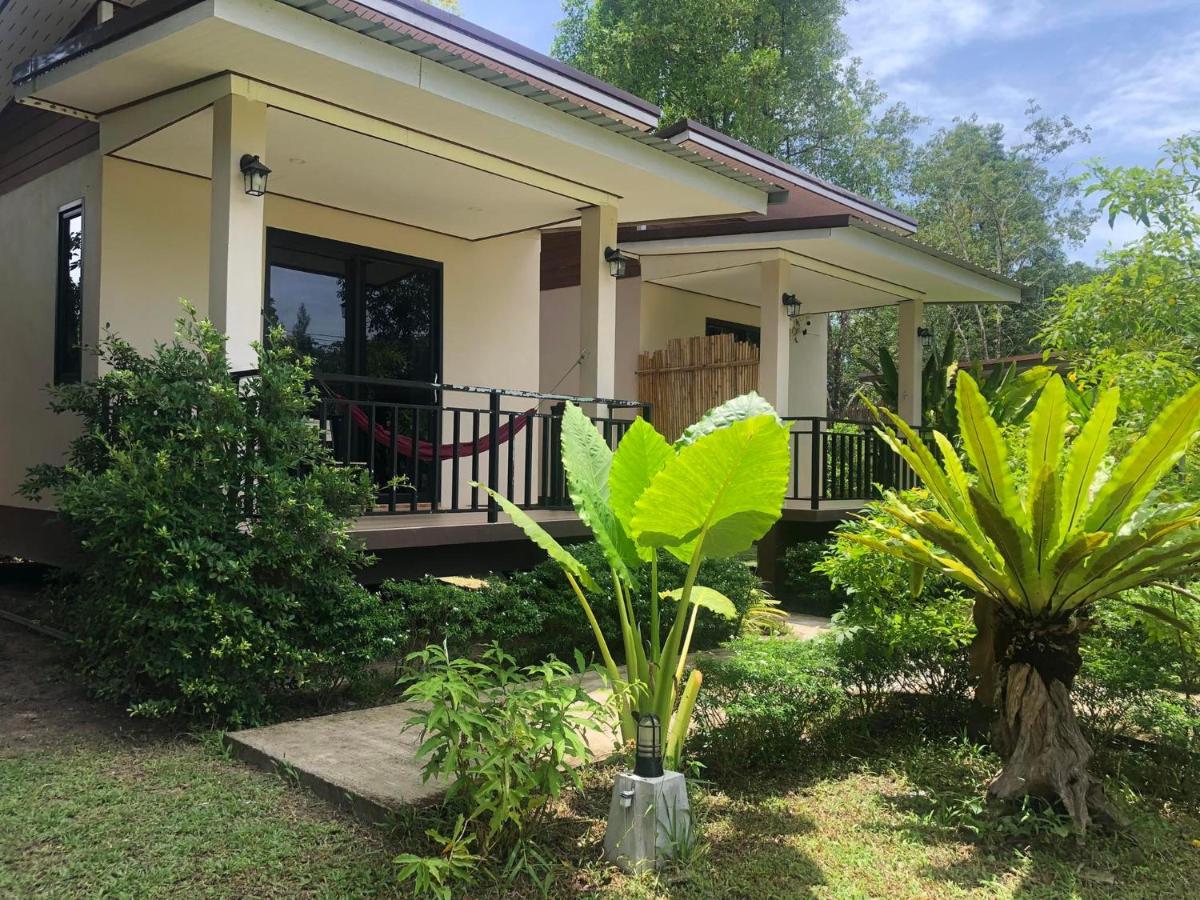Understanding Siding Types for Your Home
Choosing the right siding for your home is crucial when considering Siding Replacement Portland Oregon. Each siding option comes with its own set of advantages and considerations. By understanding the different materials available, you can make an informed decision that aligns with your aesthetic preferences, budget, and maintenance capabilities.
Vinyl Siding: Benefits and Considerations
Vinyl siding is one of the most popular choices for homeowners due to its affordability, variety of colors, and ease of maintenance. Made from PVC (polyvinyl chloride), this type of siding is designed to look like traditional wood siding while avoiding the challenges that come with wood.
Benefits:
- Durability: Vinyl siding can withstand extreme weather conditions, including heavy rains and strong winds.
- Low Maintenance: It does not require painting and can be cleaned easily with soap and water.
- Energy Efficiency: Insulated vinyl siding can enhance the energy efficiency of your home, potentially lowering heating and cooling costs.
Considerations:
- Color Fading: Vinyl can fade over time, especially in direct sunlight, which may affect aesthetic appeal.
- Potential Damage: While durable, vinyl can crack in extremely cold temperatures or suffer from dents due to impacts.
Wood Siding Variations: Aesthetic Appeal and Maintenance
Wood siding has been a classic choice for centuries, showcasing a natural beauty that enhances curb appeal. Available in various styles, such as clapboard, shingles, or board and batten, wood siding can be tailored to fit any architectural style.
Benefits:
- Aesthetic Versatility: It adds a warm and inviting look that is hard to replicate with synthetic materials.
- Insulation Properties: Wood offers great natural insulation, contributing to energy efficiency.
Considerations:
- Maintenance Intensity: Wood requires regular maintenance including painting, staining, or sealing to prevent rot and insect damage.
- Cost: Generally, wood siding is more expensive than vinyl and may involve higher labor costs.
Composite and Fiber Cement Options: Durability and Design
Composite and fiber cement sidings, such as Hardie Board, offer the aesthetic appeal of wood with enhanced durability and lower maintenance requirements. They’re made from a blend of materials, making them resistant to fire, insects, and rot.
Benefits:
- Longevity: Fiber cement siding can last up to 50 years or more if properly maintained, making it a cost-effective option in the long run.
- Fire Resistance: Unlike wood, fiber cement is non-combustible which adds an extra layer of safety to your home.
Considerations:
- Installation Costs: It is generally heavier and more expensive to install than vinyl siding.
- Moisture Sensitivity: Fiber cement sidings may require proper sealing and caulking to prevent water damage.
Choosing the Right Contractor for Siding Replacement Portland Oregon
The success of your siding replacement greatly hinges upon the contractor you choose. Therefore, thorough research and evaluation are necessary to ensure that your investment is protected and that the project exceeds your expectations.
Important Credentials and Insurance Coverage
Before hiring a siding contractor, ensure that they have the necessary licenses and registrations to operate in Portland, Oregon. A legitimate contractor should be able to provide proof of insurance and bonding, protecting you from potential liabilities in case of accidents during the installation.
Look for additional certifications, such as those from manufacturers, which can indicate a contractor’s expertise and adherence to industry standards.
Evaluating Experience and Customer Reviews
Experience speaks volumes in construction. Look for a contractor who has several years in the business and a portfolio of completed projects similar to yours. Customer reviews and testimonials can provide insight into the quality of the contractor’s work and their level of customer service. Online platforms and social media can also be valuable resources for gauging reputations.
Requesting Quotes and Comparing Offerings
Obtain quotes from multiple contractors, ensuring they include all costs—materials, labor, permits—so you can make an accurate comparison. Be wary of quotes that are significantly lower than others; they could indicate compromised quality or hidden costs. Ask potential contractors about warranties and after-service support as part of your evaluation.
Preparing Your Home for a Siding Replacement Project
Proper preparation can streamline the siding replacement process and reduce the likelihood of complications arising during installation. Understanding what to expect and how to prepare can help ensure a smooth project.
Assessing Current Siding Condition and Needed Repairs
Before starting the project, assess the condition of your current siding. Look for signs of water damage, insect infestations, or structural issues that may need to be addressed before new siding can be installed. This assessment can help inform the replacement process and cost considerations.
Understanding Local Regulations and Permits
in many areas, siding replacement projects require specific permits. Check with your local city or county building department to understand regulations and obtain necessary permits. This step can prevent potential delays and fines later down the line.
Preparing Your Yard and Surrounding Area
Prior to installation, clear the surrounding area of any outdoor furniture, decorations, or plant life that could be damaged during the project. Protect landscaping by covering plants or placing barriers to safeguard them from debris and accidental impact.
Post-Installation Care and Maintenance of New Siding
After your new siding is installed, ongoing maintenance is key to preserving its look and functionality. Establishing a routine will help prolong the life of your new exterior.
Routine Cleaning Techniques and Frequency
Regular cleaning can help maintain the appearance of your siding while preventing dirt and grime buildup that can lead to damage over time. For vinyl siding, using a soft brush or cloth with a mild detergent can effectively clean surfaces. A power washer can be used for deeper cleaning but should be done cautiously to avoid damage. Fiber cement and wood siding may require specific cleaning solutions tailored to their material makeup.
Identifying and Addressing Common Issues
Monitor your siding regularly for signs of wear, such as cracking, peeling paint, or water stains. Early detection can help avoid more significant repair costs down the line. Address minor repairs promptly—replacing damaged sections or retouching paint—will keep your siding in optimal condition.
Long-term Maintenance Plans and Professional Inspections
Consider scheduling annual professional inspections of your siding to identify any areas needing attention. A comprehensive maintenance plan including periodic washing, repainting, and sealing can help extend the life and appearance of your siding. By staying ahead of potential issues, you protect your investment for the long term.
Cost Factors Influencing Siding Replacement Portland Oregon
Understanding the cost factors that influence the price of siding replacement is essential for budgeting your project effectively. From material choices to labor costs, several elements play a role in the final price.
Material Quality and Pricing Overview
The choice of siding material will have a significant impact on total costs. Vinyl siding tends to be the most budget-friendly option, while wood and fiber cement offer superior aesthetics and durability, often at a higher price point. Additionally, consider the quality and longevity of materials, as investing in high-quality options can result in lower long-term maintenance costs.
Labor Costs and Regional Pricing Trends
Labor costs for siding installation can vary based on the contractor’s experience, project complexity, and local market conditions. Portland’s unique climate factors may also influence labor rates. Researching the average installation costs in your area can provide a benchmark for making informed decisions.
Potential Additional Costs for Customization or Repairs
Customization requests such as specific colors, styles, or additional features will likely increase overall costs. Furthermore, if any underlying repairs or structural work is needed during installation, these additional expenses should be factored into your budget. It is wise to have contingency funds set aside for unforeseen circumstances during the project.






Leave a Reply